6. The Seashell and the Clergyman (1928)
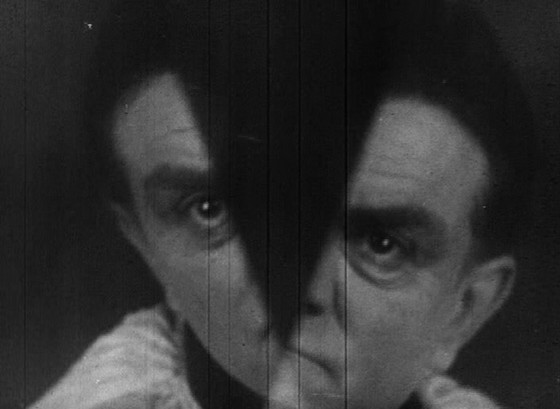
This historic entry doesn’t really have much of a story to dissect. As with so many surrealist films, it doesn’t have a structural plot, but rather follows a set of strange visions of the titular Clergyman.
Many consider Luis Buñuel and Salvador Dali their film ‘Un Chien Andalou’ to be the first surrealist film, but even though that one is highly influential, it sadly overshadows The Seashell and the Clergyman which inspired Buñuel and Dali in using many similar filmmaking techniques. You could say this entry is the earliest surrealist film, but another, even older, entry a bit down this list begs to differ; as do many other films. Surrealism is something from all times, so it’s hard to pinpoint which filmmaker incorporated the style first.
What we do know for sure, is that, similar to Un Chien Andalou, Germaine Dulac’s 40-minute long surreal film is a highly influential one. For this reason, it’s a shame that not more people have had the pleasure experiencing it. Often, when talking about female surrealist-filmmakers, Maya Deren is the one that pops too mind first, but Germaine Dulac deserves just as much or arguably even more attention. The Seashell and the Clergyman is a great entry point in her intriguing filmography.
7. Sweet Movie (1974)
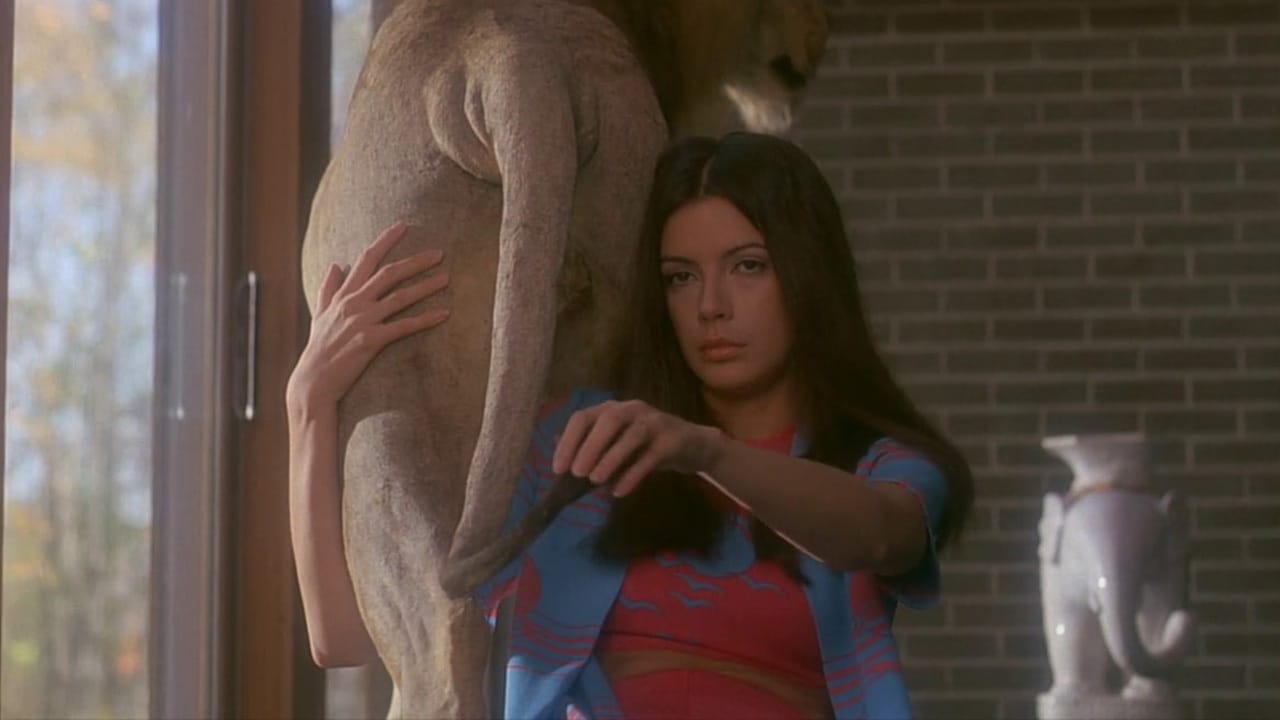
Sweet Movie follows two storylines. The first starts as Miss Canada wins the Miss World Virginity contest of 1984 and is awarded a marriage with a wealthy tycoon of the milk industry. On their honeymoon she realizes this marriage is not for her and she escapes her eccentric new husband and leaves to Paris. In Paris she becomes obsessed with El Macho, a Latin singer, and moves through a community of sodomy.
The second story follows Anna Planeta, a pedophile and killer whom makes candy in her boat on the canals of Amsterdam. She is involved in an affair with the sailor Potemkin as well as with many young boys, which she seduces with her candy.
Sweet Movie created a lot of controversy upon its release and was even banned in many countries and still is banned in some to this day. It seems that Yugoslavian director Dušan Makavejev wanted to search for the boundaries of obscenity in an experiment to push the limits of his audience’s endurance. With lots of trigger warnings in place, it’s a film only recommended for the ones that have the stomach and definitely a pass for the faint-hearted. It has moments of sexualizing things as feces and vomit and there’s implied child molestation, all used as a tool to shock, making the total picture a series of unforeseeable dread that will make you rethink why you started watching it in the first place.
8. The Strange Color of Your Body’s Tears (2013)
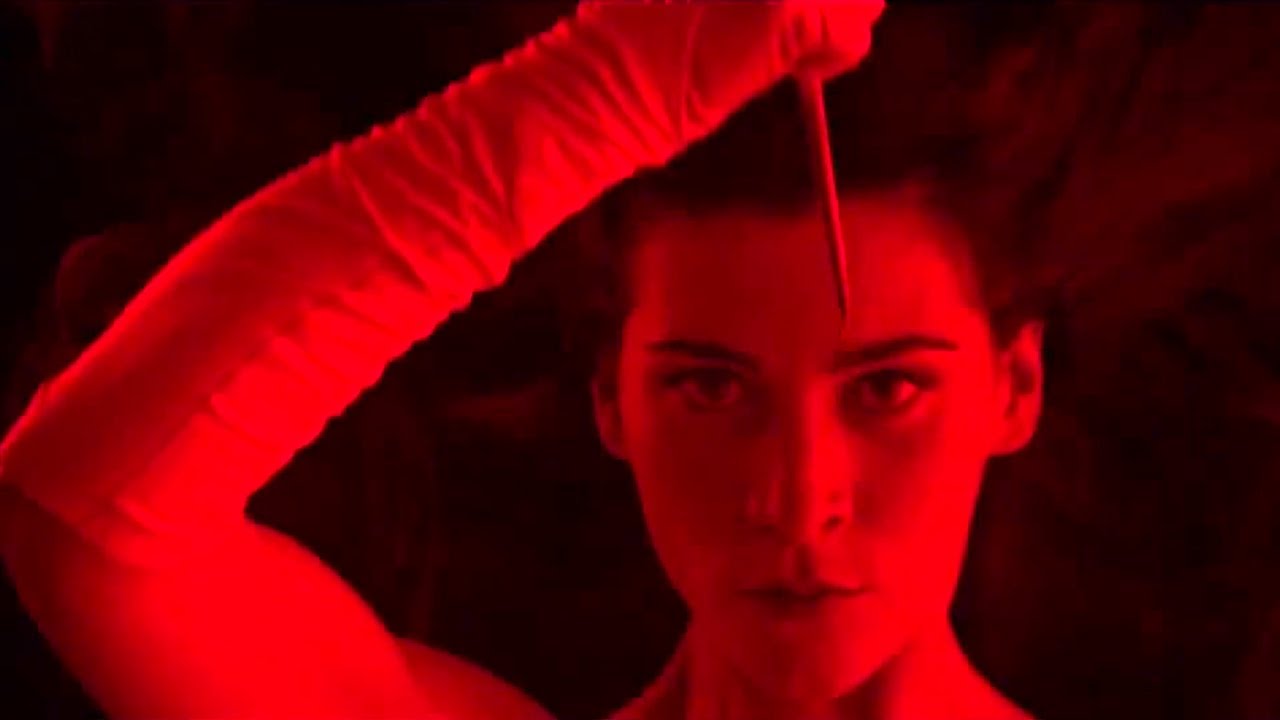
Hélène Cattet and Bruno Forzani have proved themselves masters of the genre film in the 21st century. With both their shorts and features like ‘Amer’ and ‘Let the Corpses Tan’ they pay homages to 60’s European genre cinema, most prominently to the Italian Giallo. Their films are heavily stylized and often cryptic in story. You could say their style is a big part of their substance.
In the perfectly titled ‘The Strange Color of Your Body’s Tears’, Dan, your regular businessman, comes home to find his wife missing. He quickly decides to go door to door by his neighbors’ apartments to try and find her. While being unsuccessful, he encounters tons of strange stories from his, sometimes eccentric, neighbors.
The plot, though loosely explained above, is rather non-existent, since Cattet and Forzani decide to focus more on stylization. They rather show than tell and they show a lot. It’s nightmarish, filled with symbolism, and very vague, all in the best possible way. It’s a film you’ll love or hate, but either way it will make you feel something and either way you’ll probably not regret watching it.
9. A Page of Madness (1926)
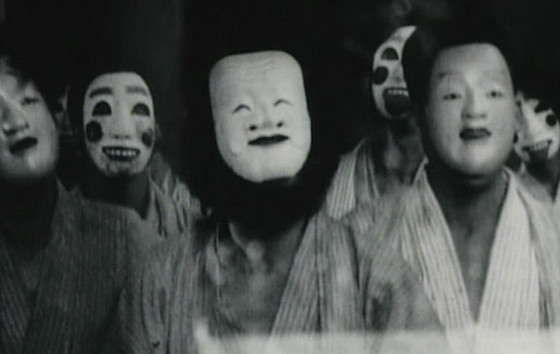
The newly hired janitor of an insane asylum is there with a double agenda; he wants to safe his wife who is committed to the institution after she attempted suicide.
A Page of Madness was lost for over forty years, before being rediscovered by its director Teinosuke Kinugasa in 1971. Since then the silent film is rereleased with a new score. It’s hard to believe the original film dates back to 1926, since its experimental filmmaking techniques and surrealistic approach were groundbreaking for its time. Kinugasa managed to make a film that perfectly captures one’s descent into madness by use of hallucinations and dreams some incomprehensible and some just horrifying. As many films on this list it excels in giving the audience a visually highly stylized experience that will leave you in awe.
10. Illusion Travels by Streetcar (1954)
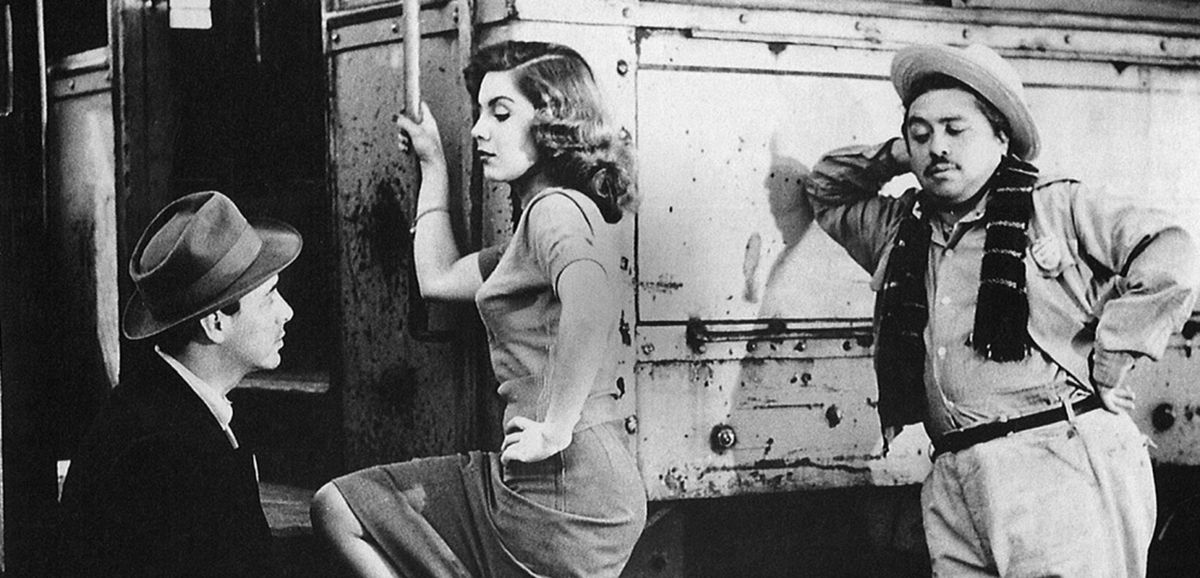
We’ve dropped his name a few times in this article already, but an entire slot dedicated to him just felt necessary. Luis Buñuel is one of the most influential surrealistic filmmakers, being there at the birth of surrealist cinema with Un Chien Andalou (although we disputed this already when talking about The Seashell and the Clergyman). Not only did he make Un Chien Andalou, he also made countless more films, many of them surrealistic, that influenced many filmmakers to come. To name a few; The Discreet Charm of the Bourgeoisie, Belle de Jour, The Exterminating Angel, Viridiana and Los Olvidados all came from his brilliant mind.
Illusion Travels by Streetcar is one of the lesser known Buñuel films, but it has everything that a Buñuel film should have, a surrealistic tale and a politically loaded message most importantly. The film follows two municipal transit workers who hear the news of the beloved streetcar no. 133 retiring. With the news in mind they get drunk and decide to take her for a last joy-ride. This ride, however, ends up in a night-and-day long trip on which they encounter plenty of bizarre situations that prevents them from returning the car. Witty and clever and political as every Buñuel, this is one not to forget.